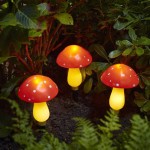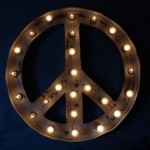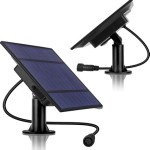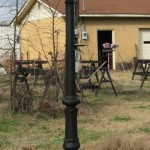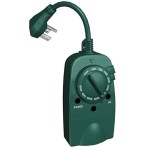Luminaire Outdoor Lighting: Enhancing Your Outdoor Spaces
Outdoor lighting plays a crucial role in creating a welcoming and inviting atmosphere, enhancing security, and extending the usability of outdoor spaces. Luminaire outdoor lighting encompasses a wide array of fixtures designed specifically for outdoor applications, offering various styles, functionalities, and technical specifications. From illuminating pathways to accentuating landscaping and architectural features, luminaires provide the perfect solution for illuminating your outdoor areas.
Types of Luminaires
Luminaire outdoor lighting encompasses a diverse range of fixtures categorized based on their design, function, and intended applications. Some common types of luminaires include:
- Path Lights: Designed for illuminating walkways and pathways, these low-profile fixtures provide gentle illumination, ensuring safe navigation and adding a touch of ambiance.
- Flood Lights: Often used for security purposes, flood lights provide a broad, intense beam of light that illuminates large areas effectively, deterring potential intruders and increasing visibility.
- Spotlights: Ideal for highlighting specific features, such as sculptures, trees, or architectural details, spotlights create dramatic effects with their focused beams of light.
- Wall Sconces: Mounted on walls, these decorative luminaires add a touch of elegance and style to outdoor spaces, providing ambient lighting and accentuating architectural elements.
- Post Lights: Typically mounted on poles or posts, post lights offer a combination of functionality and aesthetic appeal, illuminating wider areas and adding a classic touch to outdoor settings.
- Lanterns: Known for their charming and rustic appeal, lanterns provide a soft, warm glow reminiscent of traditional outdoor lighting, creating a cozy and inviting atmosphere.
Key Considerations for Choosing Luminaires
When selecting luminaire outdoor lighting, several factors should be considered to ensure optimal functionality, aesthetics, and energy efficiency:
- Light Source: Traditional incandescent bulbs, energy-efficient LED lights, and halogen bulbs offer various advantages and disadvantages. LED lights are becoming increasingly popular due to their energy efficiency, longevity, and versatility.
- Light Distribution: The direction and spread of light emitted by the luminaire are crucial considerations. Path lights, for example, require a narrow beam to illuminate the path directly, while flood lights utilize a wider beam for broader coverage.
- Brightness: Measured in lumens, the brightness of the light source determines the level of illumination provided by the luminaire. Higher lumen ratings are necessary for larger areas and security applications, while lower ratings may suffice for ambient lighting.
- Color Temperature: Measured in Kelvin (K), color temperature influences the color of the emitted light. Warm white (2700-3000K) creates a cozy atmosphere, while cool white (4000-4500K) offers a more functional and bright illumination.
- Style and Design: Luminaire outdoor lighting comes in various styles and designs to complement any architectural style and personal taste. From modern and minimalist to traditional and rustic, the right fixture can enhance the overall aesthetics of your outdoor spaces.
- Materials: The material used in luminaire construction influences durability, weather resistance, and aesthetics. Common materials include metal, glass, and plastic, each offering unique properties suitable for different environments.
- Energy Efficiency: Choosing energy-efficient luminaires can significantly lower energy consumption and reduce operating costs. LED light bulbs, in particular, offer significant energy savings and long lifespans.
Benefits of Luminaire Outdoor Lighting
Luminaire outdoor lighting offers numerous benefits for both residential and commercial properties, enhancing safety, security, aesthetics, and functionality. Some key benefits include:
- Enhanced Security: Adequate lighting can deter crime and vandalism, providing peace of mind and enhancing safety in and around your property.
- Increased Visibility: Well-illuminated outdoor areas improve visibility, reducing the risk of accidents and enhancing pedestrian safety.
- Extended Usability: Outdoor lighting allows you to enjoy your outdoor spaces longer, extending the usability of patios, decks, and gardens beyond daylight hours.
- Enhanced Aesthetics: Luminaire outdoor lighting can highlight architectural features, landscaping, and other decorative elements, creating a visually appealing and inviting atmosphere. It also enhances the overall curb appeal of your property.
- Energy Savings: Choosing energy-efficient luminaires, such as LED models, can significantly reduce your energy consumption and electricity bills.

Advantages Of Led Lighting Fx Luminaire

Fx Luminaire Landscape Lighting

Luxor Color Fx Luminaire

Benefits Of Landscape Lighting Fx Luminaire

Overview Snap One

Homeowners Fx Luminaire

Enhance Your Outdoor Lighting With Fx Luminaire S Luxor System Now Available In Pa Watson Supply

Fx Luminaire Landscape Lighting

Why Fxl Fx Luminaire

Landscape Lighting High Strung Lights
Related Posts

